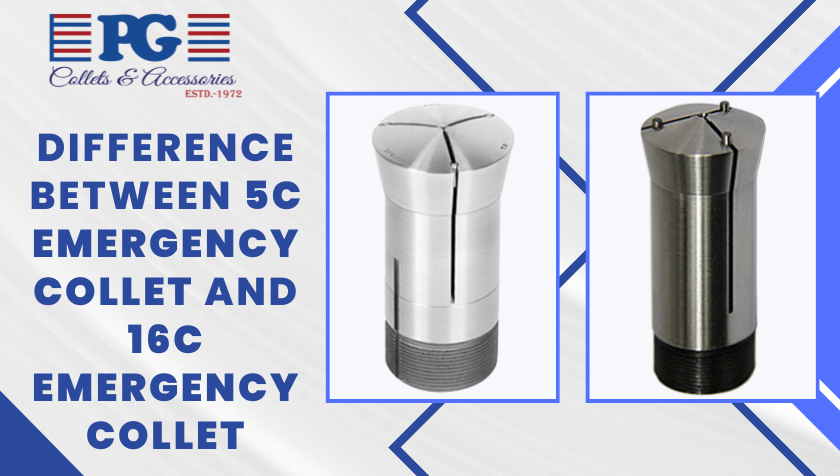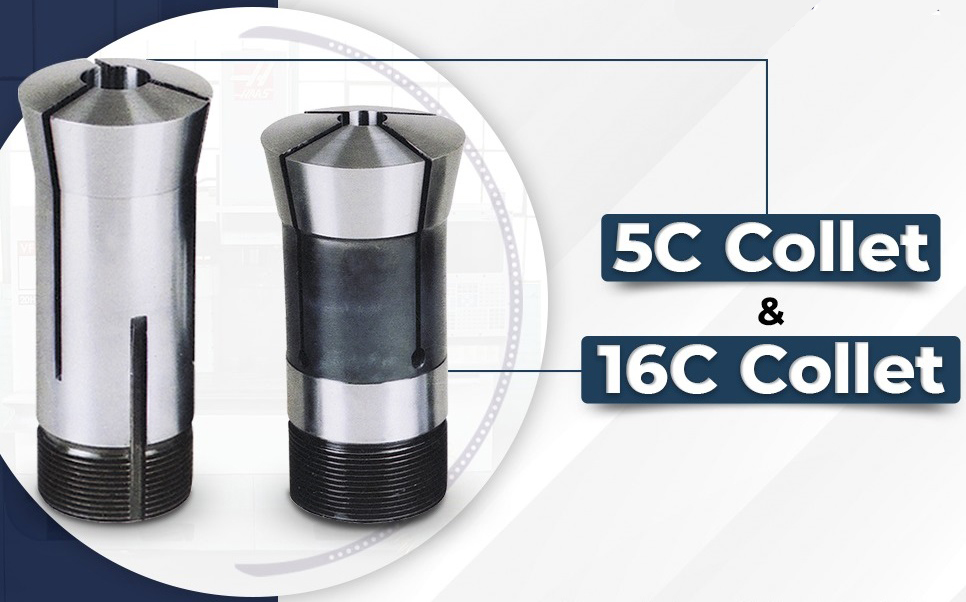Are you searching for the best collets for your business but confused about the 5c emergency collet and 16c emergency collet? If yes, then here is the solution. Both the collets have different purposes according to their shape and their usage. We have mentioned the complete information about both types of collates and the difference between them. So, stay tuned with us, and let’s start with the definition of the collet.
What Is A Collet?
Collets are a kind of chunk that is designed to hold a round thing or clamp on the object to make it steady. They are mostly used to protect the sharp cutting equipment and workpieces that are used at high speed. These collets use clamping force to hold the component with great pressure and avoid chunking of the materials.
There are mainly two types of collets, i.e., Internal collets and external collets. The Internal collets offer a truncated-shaped arrangement that is drilled first and threaded to the centerline from end to end. And the external collets have a tube-shaped surface where it holds the cutting pieces inside it.
In this article, we have discussed 5c emergency collet and 16c emergency collet, their uses, and the differences between them. So, let’s start with the definition of 5c and 16c emergency collates to have a better understanding. Read more: Understanding 5c collet & 16c collet
What Is The 5c Emergency Collet?
5c collets are of various types, among which emergency collets have been mostly used recently. A 5C emergency collet is an internal type of collet that is used to observe curved, hex, or right-angled, providing grip work equipment or workpieces. These have built-in pins to protect the collet from unblocking and maintain the steadiness of the tool. These collets can be used easily and can bore the figure, dimensions, taper, and provide depth to a specific element. Read more: 5C collets and their Benefits, Features, and Uses
What Is The 16c Emergency Collet?
While 16c emergency is external collets that are available in three types, it is a system of chunks that tighten up, applying a clamping force throughout the item. The equipment is stuck inside the collet and clamped from the collar by holding and gripping it safely in place. These collets are specifically used in fast drilling or stepping out to the accurate dimension with the help of minor pilot holes. Read more: What Are The Best Advantages Of 16C Collet
Difference Between 5c Emergency Collet And 16c Emergency Collet
5c Emergency Collet |
16c Emergency Collet |
| 5c emergency collet has a full size of 1-1/16”. | 16c emergency collet has a full size of 1-5/8″. |
| 5c has a 2-3/16-10 thread nose known as Hardinge thread that can use the steps chunks. |
Even 16c has step chunks of the same size as 5c, but it needs a 5A spindle mount on the front face to bolt the closing ring.
|
| These collets are used in boring, provide correct dimension, taper, and obtain the depth of the surface. |
16c is mainly used in drilling and stepping the accurate dimension of the element.
|
| 5c emergency collets are utilized in woodworking, metalworking, craft hobbies, interior combination engines, and semiconductors. |
With its equipment, it is only used in woodworking and metalworking.
|
Bottom Line
Both 5c emergency collet and 16c emergency collet are widely used in manufacturing industries. Both the collets are versatile and can be used in various places according to the customer’s needs. If you are looking for high-quality 5c collets and 16c collets, you can purchase them from PG collets. This company has been serving in this industries 1972 and made a name as the most reputed company in the Indian market. All its products are certified as per International standards like DNS.
Related Post: What Are The Difference Between F Series Collets And 5C Collets?
Related Post: What is the Difference Between a 3J and 16C Collet Chuck?
Related Post: How to Use Emergency Collets & Their Benefits



